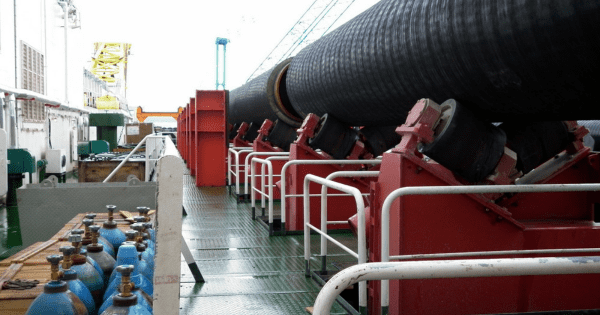
Various contaminants are found in industrial wastewater, with each plant having its own unique issue. Industrial manufacturers use a large volume of water. The process water is used in production and the leftover output may be filled with harmful chemicals, organic, solids or other impurities. Municipal regulations limit the contaminants that may be discharged. The plants typically monitor and treat the water and there are fines incurred if upsets occur, so there is a high cost of treating the wastewater.
There is a significant cost benefit to treat and reuse the wastewater back into the process and minimize the amount that is discharged from the plant.
Here are a few of the contaminants that come out together with the continuous water output.
Inorganic Contaminants of Concern
There are several inorganic contaminants that are worrisome. These contaminants, left untreated, would go on to pollute bodies of water and disturb the natural ecosystem of fish and other marine life. Inorganic contaminants of concern include:
- Methylmercury
- Cobalt, molybdenum, strontium, tellurium, and vanadium
- Sulfate, aluminum, chloride, iron, manganese, and TDS
Water From Chemical Plants
There are many contaminants that are found in wastewater from chemical plants. The continuous water output contains contaminants like calcium carbonates, magnesium carbonates, sand, and iron hydroxide. It also contains aluminum hydroxide, some organic contaminants, salts of hydrochloric acid, and some sulfuric acid.
Water that is used to wash external heating surfaces in chemical plants ends up contaminated with ash, soot, and sulfuric acid. Sometimes the concentration of sulfuric acid in this water can be as much as 0.5 to 1 %. The water also contains vanadium salt with concentrations ranging from 0.2 to 0.4 g/l. Apart from these chemicals, it’s not also uncommon to find nickel, iron, and copper at different concentrations.
Water Used to Wash Equipment in Industrial Setups
After washing equipment, the water that is discarded from industries contains a lot of contamination. You will find chemicals like Hydrazine, hydrochloric acid, citric acid, and ammonia. Depending on what type of industry it is, you might also find fluorides, nitrites, and methenamine. If water is used for hydraulic ash removal in coal-fired thermal plants, it will have a panel of contaminants comprising calcium sulfate, magnesium sulfate, and sodium sulfate. You may also find calcium oxide, arsenic, and vanadium.
Reusing Wastewater with EDR
These are some of the chemical contaminants that are found in industrial wastewater. Fortunately, processes like electrodialysis reversal (EDR) are used as key components of wastewater systems to remove chemicals and dissolved solids (TDS) contaminants from industrial water to reuse the water back into the process. Agape Water Solutions provides EDR systems to help keep your industrial wastewater clean and safe. For more information about EDR, contact Agape Water Solutions today.
